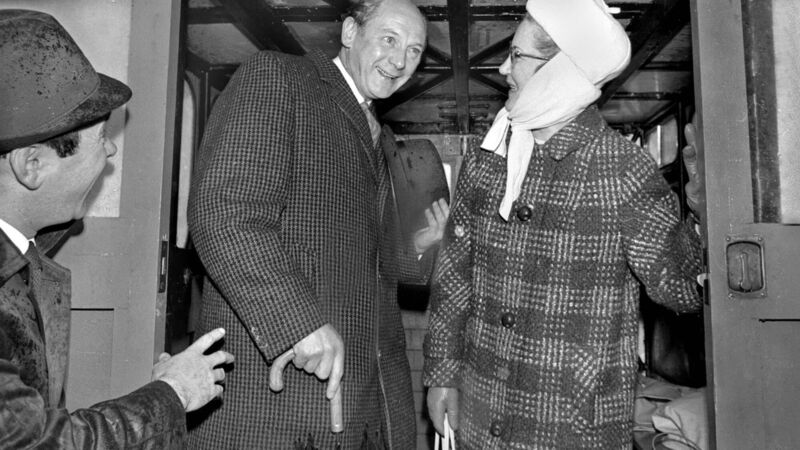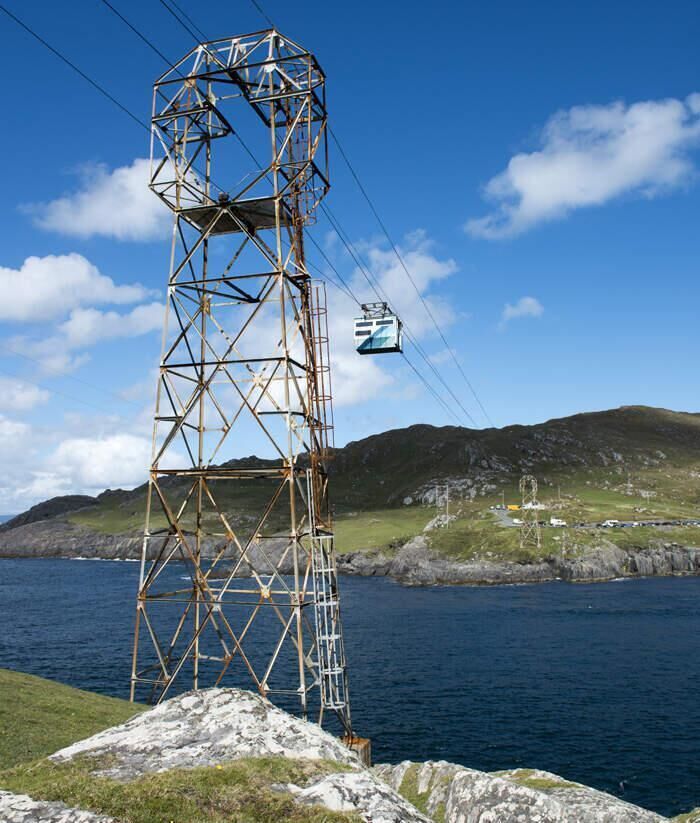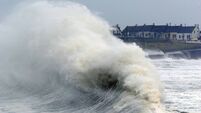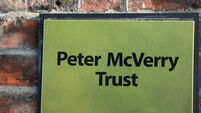Irish Examiner view: Islanders can't be left marooned as cable car is closed

Then taoiseach Jack Lynch and his wife Maureen about to make their first crossing in the Dursey Island cable car in December 1969. Picture: Irish Examiner Archive
In one way, the sense of decisions being taken far away from the point at which they have an impact that characterises the P&O dispute can find an echo in another, and local, story of maritime challenges.
The number of people living on Dursey Island in West Cork is so few they can be counted on the fingers of one hand but they now face a difficult nine months as the island’s iconic cable car closes for essential maintenance this Thursday.
No replacement service has been put in place, despite the island containing eight farms supporting around 50 cattle and up to 700 sheep. Cork County Council and the Department of Rural and Community Development both say they are not responsible for providing an alternative to the cable car.
Stakeholders were informed on February 7 and progress between the two authorities in helping to identify alternatives has been slow, with an exchange of letters but no substantive suggestions. A daily ferry service carries an estimated cost of hundreds of thousands of euro a year.

The cable car was introduced under Jack Lynch in 1969, when there were 50 residents on Dursey. The alternative for islanders and farmers will be to use local boats, which raises potentially complicated issues of passenger licences and insurance. Dursey Sound can be a treacherous stretch of water.
Clearly, it would have been preferable if some form of alternative, however sporadic — because nothing can be as regular as a daily, on-demand, cable car — had been put in place before a firm date for suspension of the service had been announced. An Bord Pleanála approved the new cable car and visitor centre, against the recommendation of its own inspector, last November. Three months should be enough time to come up with an idea to meet the needs of the islanders.
The existing cable car brings 20,400 visits to Dursey each year and the original Cork County Council project envisaged a five-fold increase when it was originally tabled. Someone has to be responsible for this phase. Logic dictates that it falls to County Hall, with assistance made available from central government for rural support.














